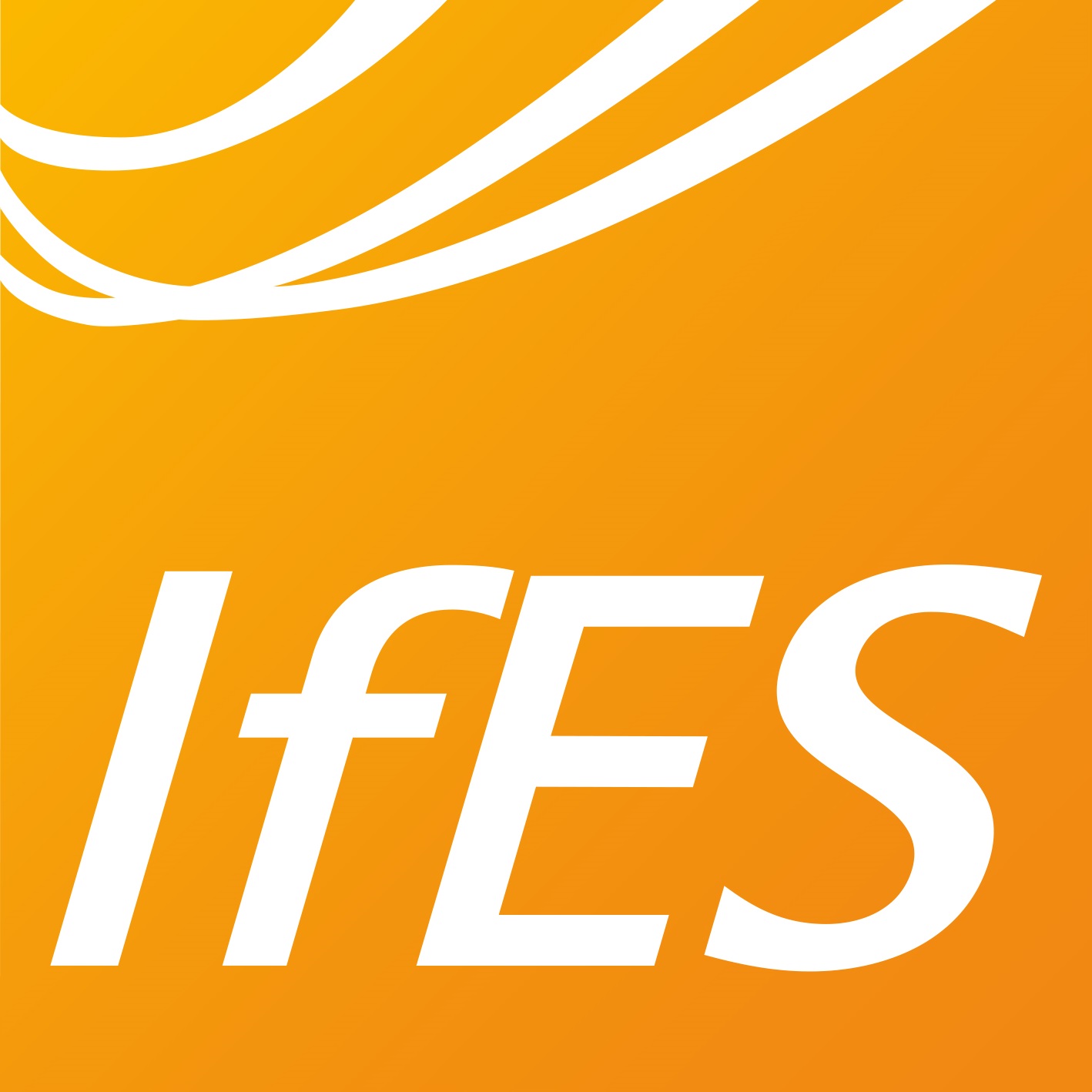Classification of partial discharges at AC, DC and combined AC/DC voltage using frequency domain analysis
- verfasst von
- Hassan Saadati, Peter Werle, Ernst Gockenbach, Hossein Borsi
- Abstract
Partial discharge (PD) measurements are well-established under AC stress and their reproducibility is also quite good concerning partial discharge inception voltage (PDIV) and partial discharge extinction voltage (PDEV). Furthermore, correlation between PD activity and phase angle is very helpful for the evaluation and classification of the PD pattern and diagnosis as well. In contrast, for DC stress, neither zero crossing of the voltage nor a correlation between voltage shape and PD event exist. Accordingly, the determination of PDIV and PDEV and classification of PDs are not straightforward. Distinguishing different partial discharge signals from each other could provide useful information about failures in high voltage components. Classification of partial discharge under AC voltage is possible using phase resolved partial discharge (PRPD). However, lack of phase under DC voltage system allows no possibility of using PRPD. Recently some methods have been presented in order to remedy this issue, but more investigations are required in order to reach a proper method. In this paper, it is going to find a way to distinguish between different PDs from each other independent to the voltage type by comparing different measured PD signals (corona and internal discharge) in frequency and time domain. By implementation of different experiments and using analytical investigation of partial discharge signals, a method is presented in order to distinguish various partial discharges under AC, DC and combined AC/DC voltages.
- Organisationseinheit(en)
-
Fachgebiet Hochspannungstechnik und Asset Management (Schering-Institut)
Institut für Elektrische Energiesysteme
- Typ
- Aufsatz in Konferenzband
- Seiten
- 1527-1537
- Anzahl der Seiten
- 11
- Publikationsdatum
- 2020
- Publikationsstatus
- Veröffentlicht
- Peer-reviewed
- Ja
- ASJC Scopus Sachgebiete
- Wirtschaftsingenieurwesen und Fertigungstechnik
- Elektronische Version(en)
-
https://doi.org/10.1007/978-3-030-31680-8_144 (Zugang:
Geschlossen)


